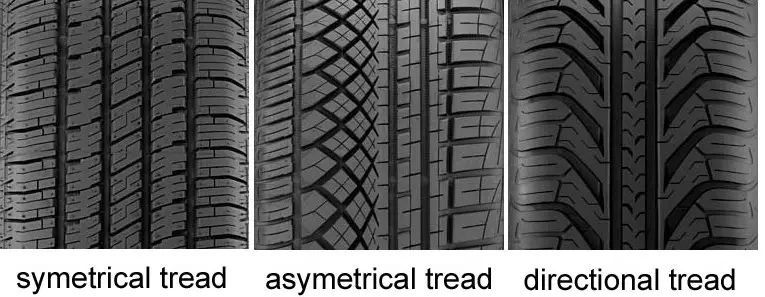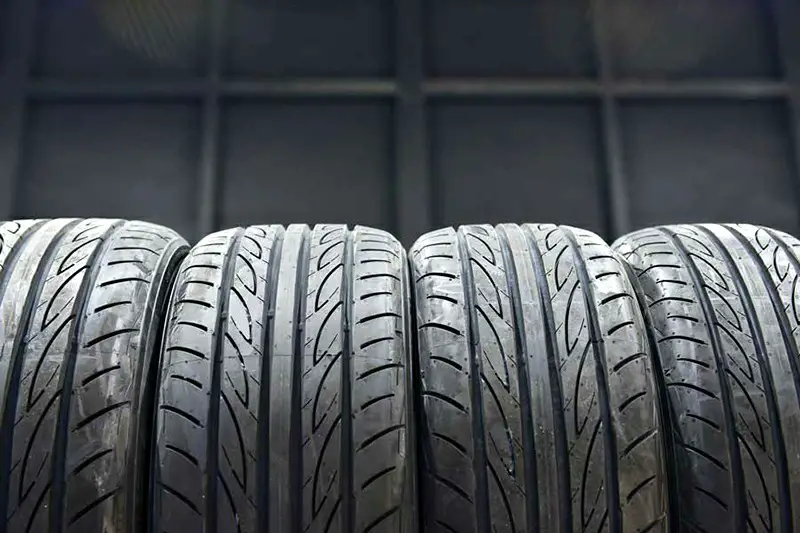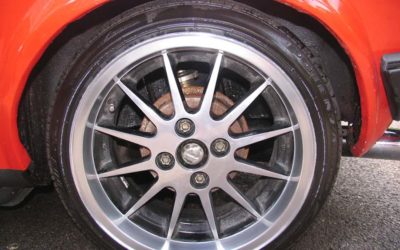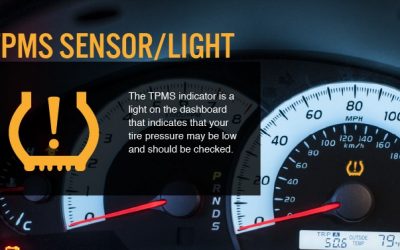You have owned a car for a long time and still don’t know if it has directional or nondirectional tires? If that is the case, this post is exactly what you need. Let’s find out what is a directional tire, and how to tell if you have directional tires.
What Is A Directional Tire?
Directional tire is one of four main tire tread patterns, along with symmetrical, asymmetrical, and directional/asymmetrical tires.
Simply put, a directional tire is designed to rotate in one direction only. It is the wheel direction that makes it so special.
It specifically focuses on driving in slippery roadways and windy weather, aiming to offer the ultimate safety and comfortable experience in these kinds of conditions.
If mounted correctly, directional tires will evacuate water from the tread to maintain wet traction. For that reason, tire manufacturers usually incorporate this pattern into their dedicated winter/snow tires.
How To Tell If You Have Directional Tires?

There are two easy way to tell whether your tires are directional:
The simplest way is to look at the sidewall of the tires. As installing directional tires in the right rolling direction is crucial, the manufacturers will label these tires with the word “Rotation/Direction”.
Another way is marking these tires with an arrow symbol on the side to imply the forward direction.
Alternatively, you can immediately identify directional tires by looking at their distinct patterns. To maintain stability for high-speed driving, directional tires required an explicit central rib, with the tread patterns forming into a V-shape.
This design does not only provide the car with a sporty look but also helps effectively dispel the water to lower the risk of aquaplaning/hydroplaning..
With this visual trait, you can easily differentiate directional patterns from symmetric and asymmetric ones.
For more: Tire Belt Broke – Causes and Symptoms
Why Is It Important To Tell If Tire Is Directional?
The first thing you do with a new tire is mounting it to your vehicle. Knowing its type and the proper rolling orientation helps speed up the installation process.
This is all the more important for directional tires since they cannot function properly or work to the fullest if installed in the wrong way.
Most importantly, incorrectly mounted directional tires lead to counterproductive effects. They lower the hydroplaning resistance, handling, and traction on the road. Therefore, knowing how to read the sign will guarantee a safe ride.
Conclusion
With everything we provide above, we hope you have found a satisfactory answer to the question: How to tell if you have directional tires? It is not only important to know if your tires are directional or nondirectional but also to identify the right direction for them.
Always be prepared when you are on the road for the sake of the ride and your safety.








